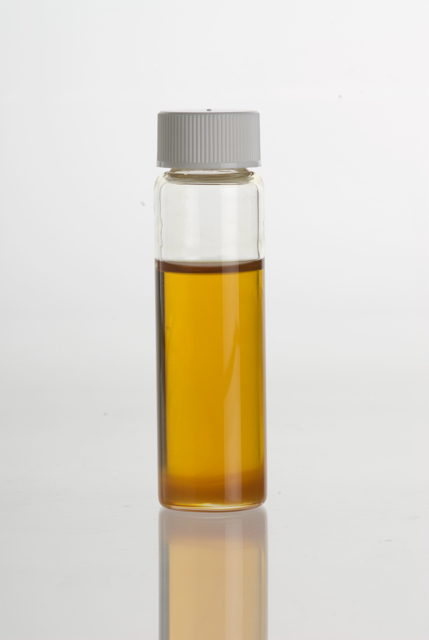Frankincense and Myrrh
Guest post by Richard Armstrong
Today, the true value of a famous gift. The Honors College at the University of Houston presents this series about the machines that make our civilization run, and the people whose ingenuity created them.
We all know the value of gold; but what of frankincense and myrrh? As a child, I was very curious about the gifts the wise men brought to Jesus. But when I was told two thirds of them were just incense, I was convinced somebody pulled a fast one. I could only think of the smelly incense cones hippies used to burn back then in the 70s. Incense didn't seem at all on a par with gold.
In fact, you can still buy frankincense and myrrh for very little money. They're both aromatic tree resins, still grown in regions of Africa and the Middle East that have traded in these commodities for millennia. Frankincense comes from the genus Boswellia, hardy trees that grow in Somalia, Ethiopia, and Southern Arabia. Scoring the bark will produce drops of resin that harden into harvestable tear-shaped pellets. Myrrh is a resin harvested from trees of the Commiphora genus, which grow in similar places. So if these are naturally occurring substances that need little processing'why were they so valuable in the ancient world?

Frankincense granules (burned over hot coals to release scent). Photo credit: Wikimedia Commons
The short answer is: high demand and high transport costs. Both frankincense and myrrh were employed by a great many ancient societies in religious rituals, though they had medicinal and other non-religious uses. The burning of incense was a regular accompaniment to animal sacrifice around the Mediterranean world. The Egyptians, Greeks, and Romans all thought the rising smoke and rich aromas were pleasing to the gods. And the Jews were no exception: frankincense was regularly added to burnt offerings at the Temple in Jerusalem, and was part of a special incense blend reserved for divine service. Liquid myrrh was a component in the holy anointing oil used to consecrate vessels and officiating priests.

Myrrh essential oil, a component of the holy anointing oil mentioned at Exodus 30:22-24. Photo credit:Itineranttrader/Wikimedia
But the wide demand wasn't the only thing jacking up the value. Transporting these resins from their limited zones of production involved caravans that crossed numerous political boundaries. Pliny the Elder remarks on the many tolls and expenses incurred as the caravans snaked their way up through the Hejaz in Arabia to the city of Gaza in Palestine, terminus of the Incense Route. Every camel making the 65-stage journey mounted up costs of 688 denarii, even before the Roman customs officials got their cut. The resins increased so much in value that they had to be guarded carefully by the time they reached their destination. No one guarded the trees in Arabia during the harvest period, but at the other end of the route, in the Egyptian city of Alexandria, workers who processed frankincense for sale were daily strip-searched to prevent them from pilfering even small amounts.
The decline in demand and transport costs has dropped the value of these resins through the floor'the same cannot be said for gold, of course. So next Christmas, go buy yourself some frankincense and myrrh on the internet, and treat your nose to the divine aromas that made Arabia rich long before it could pump oil.
I'm Richard Armstrong at the University of Houston, where we're interested in the way inventive minds work.
(Theme music)
Note: According to Christian tradition, the three gifts given to Jesus were symbolic of his three attributes: gold for the King, frankincense for the Divinity, and myrrh for the Mortal Man (myrrh is associated with burial ritual. See Origen's Contra Celsum1.60
Sources:
The description of the Altar of Incense can be found in Exodus 30, with the recipe for the anointing oil at Exodus 30:22-24 and the special incense blend at 30:34-38.
Pliny the Elder, Natural History book 12, chapters 31-32 (frankincense) and 33-35 (myrrh), available online.
Cohen, Jennie. 'A Wise Man's Cure: Frankincense and Myrhh.' Also see the detailed (and entertaining) documentary by Kate Humble, 'The Frankincense Trail,' a 4-episode series produced by the BBC in 2009.
This episode was first aired on March 8, 2016